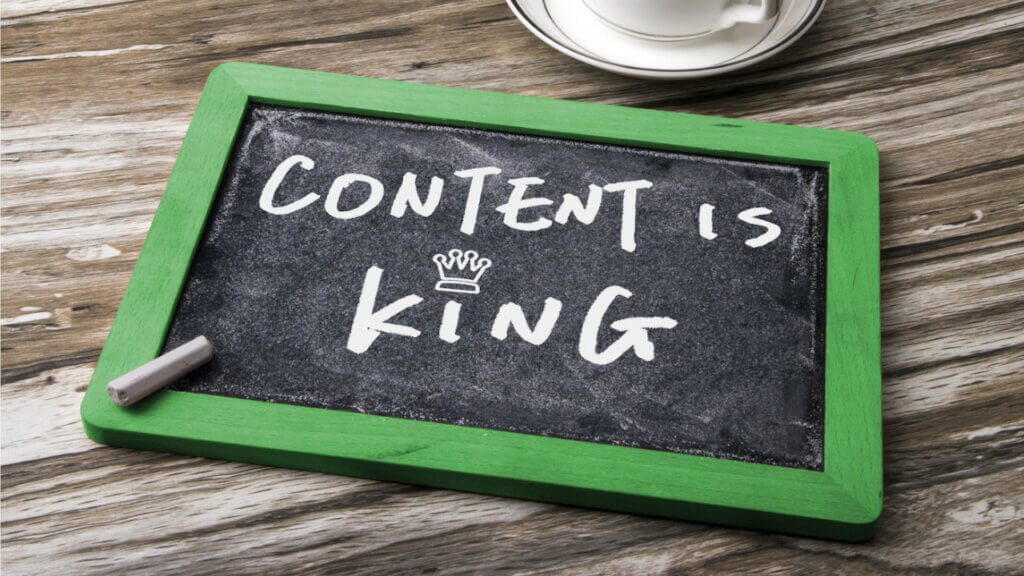
Did you know… the pandemic increased content usage by 207%.
NB: This is an article from Net Affinity
As we reported last week, things are looking up – travel rates are continuing to rise and so are hotel rates. According to new findings from Hotstats and RSM UK, the performance of the UK hotels sector was better than expected in February and is outperforming the rest of the hospitality sector.
Subscribe to our weekly newsletter and stay up to date
It’s also an exciting year for technological developments, for example, the much-discussed ChatGPT. Experts suggest that 70% of travel agencies and 60% of hotels will use more AI technology in the following years, and ChatGPT can be a useful tool to take advantage of in ways that will help to make your day easier and more efficient.
Content marketing is a huge piece of the puzzle when it comes to positively developing your hotel’s communications and ultimately, its success. While many of the basics stay the same, it’s something you should constantly keep on top of to ensure you can maximise performance and give staff the opportunity to spend their time wisely, succinctly.
‘Content marketing allows hoteliers to maintain consistent communications with planners and other customers, especially in moments when there are limits (safety, financial, or otherwise) to connecting in-person, face-to-face’
What is content marketing?
Content marketing is a strategic approach focused on creating and distributing valuable, relevant and consistent content to attract and retain a clearly defined audience – and to drive profitable action.
There are three key reasons for independent hotels to utilise content marketing:
- Increased sales
- Cost savings
- Build customer loyalty
- Creating a sense of community around your brand
- Showing your audience how your products and services solve their challenges
First up – determine your brand’s tone of voice
Your brand’s tone of voice is one of the most important building blocks towards content that will genuinely engage people. It determines how your brand communicates with your audience and it is a factor in how people perceive your messaging. Your company’s tone of voice is the representation of your brand’s personality and values.
Gather everything from brand documents to website pages to previous social media content. Cast a critical eye on this content. Which of these examples could have come from any of your competitors? Set those aside. What you want to do is whittle your examples down to a small group of pieces unique to your brand – the examples of a brand voice you want to embody. Circulate the examples to relevant team members so everyone who needs to be is aware of them.




